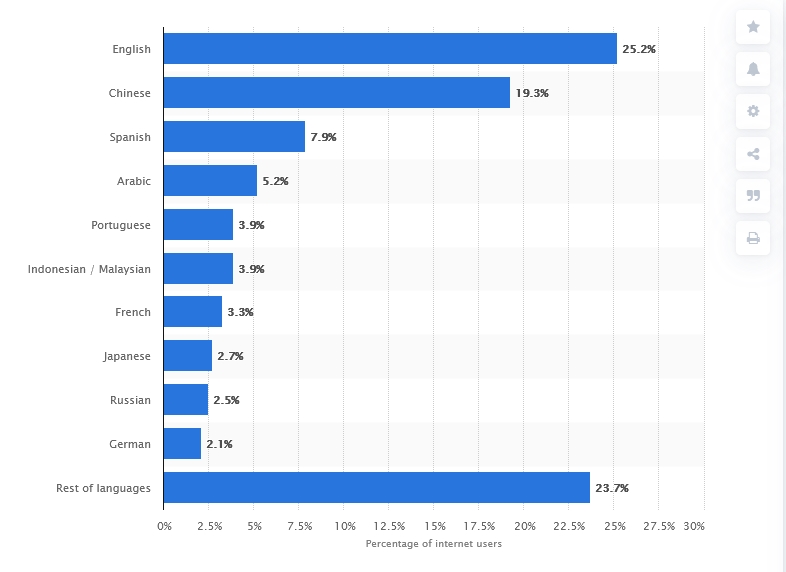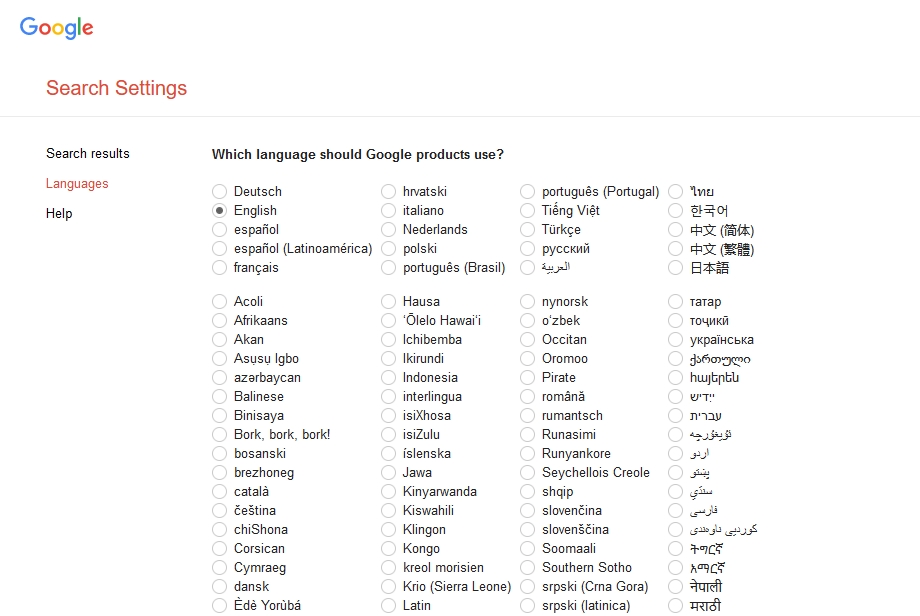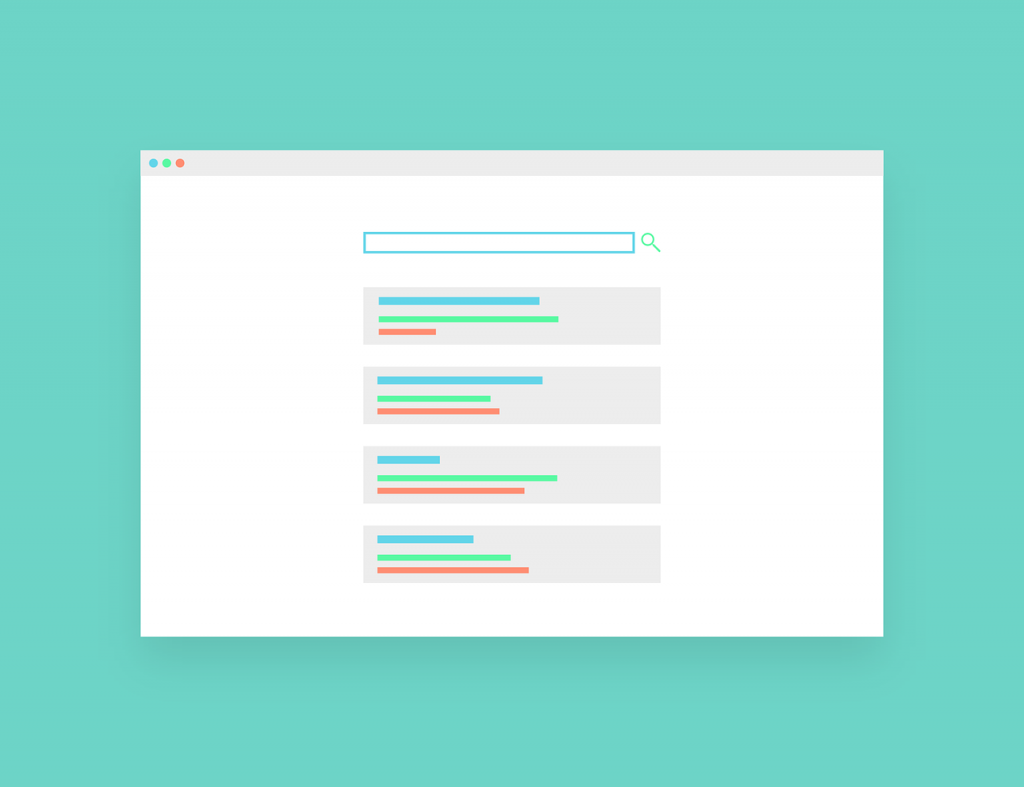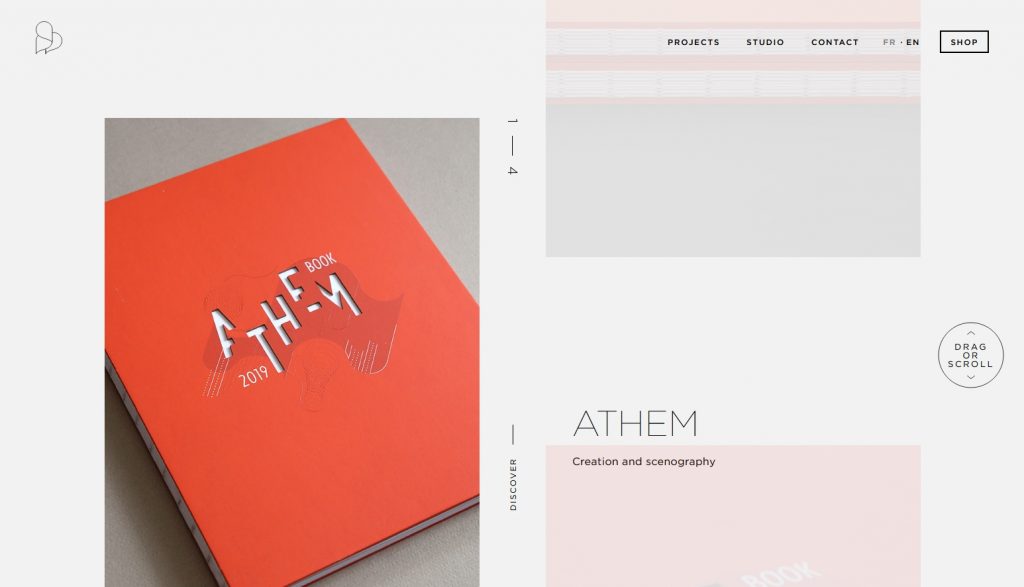Today, there are over 4.54 billion people using the internet, making it a great place for businesses and obtaining customers. This results in almost every business going online with the aim of getting the upper hand and being more successful than their competitors.
It requires a lot of hard work, but it is achievable. Through a number of marketing strategies, clever brand building, and great relationships with customers, businesses can improve their online presence and increase the number of loyal customers.
One of those strategies involves having a multilingual website, which we will talk about today.
What is a multilingual website?
As the name suggests, a multilingual website is a website that has content in more than one language.
While it is true that the English language is still dominating the internet (statistics show that 25.2% of internet users speak English), there are other languages that are used widely, such as Chinese, Spanish, Arabic, Portugese and others. Take a look at this super useful chart from Statista from 2019:

The top 10 languages account for 76.3% of the global internet users, which is a significant number.
Now, imagine if you added Chinese and Spanish to your English-only website. This would give you the opportunity to reach 27.2% more of the internet users, which is exactly why multilingual websites are important.
5 reasons you need a multilingual website
Still not convinced you need a multilingual website? Here are 5 big and pretty important reasons to incorporate multiple languages into your website:
1. The internet isn’t used only by English speakers
Despite the fact they make up most of the global users, English speakers aren’t the only ones using the internet. There are other widely used languages and if you implement them into your website, you’ll be able to reach many more people.
After you’ve turned the potential customers into customers, they will recommend your business to their friends and family and maybe even post about it on social media, spreading the word of your business and giving you more credibility.

2. Showing your customers that you care about them
I spoke to my friend a few days ago, and she mentioned how rare it is to see our language online, which made me think about this topic. Then I asked her if she would think more highly of businesses if they had websites with the option to switch to the Serbian language, to which she replied that yes, she absolutely would.
This answer surprised me a bit because she’s fluent in English, but once I thought about it more, it started making perfect sense. In her case, it wasn’t about whether she could read the website or not, it was about her love for her first language.

I can only imagine what this is like for people who don’t speak a word of English. It must feel great to enter a website you don’t understand a word of and not be forced to use the Google Translate version.
So, by including languages other than English, you’re telling your non-English speaking customers that you care about them too and that their language is just as important.
3. Multilingual website will increase your sales?!
We already mentioned that having multiple languages helps you gain more customers. And what comes with more customers? More sales.
If you add another language to your website, there is a potential increase in sales of 100%. So, if you added 4 widely used languages, your sales could increase by 400%.
When it comes to sales, multilingual websites also help establish and build trust, especially with people who are wary of online purchases. Think about it, if you wanted to buy a product and the website was in a language you didn’t understand, would you make the purchase? The people I asked all said no.

If you were really determined to own the product, you could always translate the page on your own using online translators, but they just wouldn’t be as accurate and could provide you with bad information.
Most people wouldn’t go through this step and would just close the website and look for another that offers a similar product.
4. Being more successful than your competition
We mentioned how saturated every market is nowadays and that competition is huge no matter what your business deals with.
A multilingual website is a great way of standing out from your competitors.
Let’s take the example from earlier. Imagine if someone wanted to buy a product, but the website it was on wasn’t multilingual. Naturally, they would move on and look for another website that provided a similar product. Then, they would come across your business and see that your multilingual website had the option of their first language.
This is exactly how you beat your competitors.
5. People finding you using search engines
Google doesn’t provide only results in English. In fact, there are quite a few dozens of languages that you can select and Google will show you results.
If you have a multilingual website, it will appear in the search pages of the languages your website is on, giving you more chances of people finding your business.

Additionally, there are other search engines besides Google and in other languages, as well. Take Baidu, for example. It receives about 60% of search traffic in China. There’s also Naver, the South Korean search engine, as well as Yandex, the Russian search engine.
If your multilingual website includes these languages, there is a chance that it will appear on their search pages (do keep in mind that there are other factors that can influence this, and crawlers can refuse to show your website if it’s not compliant with the search engine rules).

Ways languages can be used in a multilingual website
There isn’t only one way of displaying multiple language options. Here are the three ways web developers implement multiple languages into a website:
1. Drop-down menu
This is quite a unique way of featuring multiple languages and as such, you won’t see it often.
When using this method, web developers create two drop-down menus in different languages and place them one next to the other.
This way, when a visitor enters a website, they’ll see the word ‘menu’ in their language, they’ll hover over it and see all the different options and links and be able to read them.
I managed to find only a single example of this, and it is the old Norla Design website:

2. Tabs on a multilingual website
This is the most frequently used option when it comes to multilingual websites.

Web developers create small navigations that contain the names of the languages that are available on the website. Once you click them, the website changes in language.
These can be placed anywhere, but we can most often find them on the top right of websites, sometimes even the bottom left.
3. Flags to signify different languages
This design choice is pretty outdated. With minimalism in full swing, there is no space for flags, and there aren’t many aesthetics that they fit into.
Web developers usually place them in the top left of the screen, and after you click a flag, a small drop-down menu will open and show other flags and languages that you can select.

How to make your own website into a multilingual website
Assuming you have the different translations of your website in the languages you want to feature on it, it is time to implement them and make your website multilingual.
Here at W3 Lab, we believe in the use of WordPress. The reason for this is that once we create a website for a client of ours, WordPress is easy for them to use.
It is also the most popular Content Management System (CMS) in the world, and as such, has the biggest number of available plugins, both free and paid for.
And plugins are exactly what enables your website to go from monolingual to multilingual.
There are dozens of WordPress language plugins, of which TranslatePress and WPML are among the most used.
1. TranslatePress
You can find the TranslatePress plugin here. The plugin itself is free to use, but the multiple language feature, called Extra Languages, is a premium add-on you will have to pay for.
This plugin is the most popular one for a variety of reasons: it is easily installed and used, and it can even translate for you. Granted, it uses Google Translate for this, but even this tool is useful at times. Additionally, it enables you to preview the translated pages and edit them.

2. WPML
Here’s another powerful and popular WordPress language plugin. it is highly compatible with themes and other plugins, and because of the array of features it offers, it is not free to use.
Depending on the nature of your business and website, they have three different offers, and they also offer a 30-day money-back guarantee.
Mistakes to avoid when creating your multilingual website
Translating isn’t easy nor quick.
Some websites can take days to translate, depending on the size of their content, but even with smaller websites, one should be careful not to make mistakes because they could cost them conversions.
Here are some common mistakes that people make when it comes to multilingual websites:
1. Misplaced language option
Make sure that your visitors can find the language options easily. I remember visiting a website a while ago and seeing the language options on the bottom, in the footer.
I didn’t need a different language option, but I imagine that the people who do have a hard time finding it when they have to scroll all the way down and read the footer contents.
2. Bad translation
I mentioned Google Translate earlier and how it isn’t reliable. This free translator can be great in some instances, for example, if you’re trying to get the overall message of a paragraph, but when it comes to website translations, it’s a big no.
Hire a translator to translate your website for you. Even though AI is getting better by the day, machine translation is still not as good as a human one. Good translators aren’t cheap, but it greatly pays off in the long run.

3. Lack of special characters
Many languages have special characters and their translations absolutely need to have them. If they don’t, it shows a lack of professionalism on your part, and the visitor may feel disrespected.
There is a special code you can use on your website, called UTF-8, that will make sure that special characters don’t get omitted.
4. Incorrect formatting
Not every country uses the same time and date format. Using the wrong format can result in people thinking you’re unprofessional and that you don’t really care about their country.
Make sure to use the proper way of time and date formats in your translations.
Conclusion
Language is part of human identity, making it an important part of all our lives.
By incorporating different languages into your monolingual website you can reach a significant amount of new customers, which will lead not only to more sales but will also bring your business more credibility and a better relationship with your customers.
Thank you for reading!





